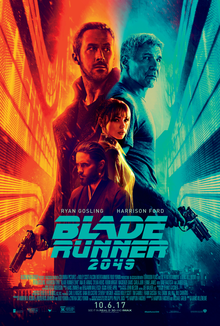A True Yunatic
Some artists don’t stand in the spotlight – they shape it. Roger Deakins is the visionary cinematographer behind some of the most haunting, breathtaking and soul-deep images ever projected onto a screen.
He doesn’t just shoot films – he builds atmospheres, letting light tell stories no dialogue ever could. From windswept deserts to smoky neon streets, Deakins paints with shadow, time and silence. He doesn’t show off – he shows us how to see.
“The camera is simply a tool that allows me to see things differently.” – Roger Deakins
The Inner Child
Deakins’s inner child is quiet, observant and endlessly enchanted by the way light spills through a curtain, or how fog reshapes a landscape. That child doesn’t speak much – but stares long, notices everything and finds poetry in stillness. He never stopped being curious about how moments feel and how to frame them just right.
Tribbles
Roger’s tribbles are some of the most iconic cinematic moments ever made:
- Consistent collaborator with the Coen Brothers, Denis Villeneuve and Sam Mendes.
- Blade Runner 2049 – A sci-fi symphony of shadow, neon and desolation.
- 1917 – A one-shot war epic that feels like time itself breathing.
- No Country for Old Men – Stark, dusty minimalism at its most tense and masterful.
- The Assassination of Jesse James… – Golden light and ghosted faces – like memory caught on film.

Connected with the Yuniverse
Deakins doesn’t dominate the frame – he collaborates with the world, with the sky, the time of day, the unspoken. His cinematography feels like nature whispering to the screen. He reminds us that beauty doesn’t shout – it glows, fades, returns. His universe is wordless, textured and alive with light.
Spiritual
His spirituality is rooted in stillness, simplicity and presence. He doesn’t force meaning – he reveals it, one frame at a time.
Roger Deakins reminds us that sometimes, to see the soul of something…
you just have to follow the light.